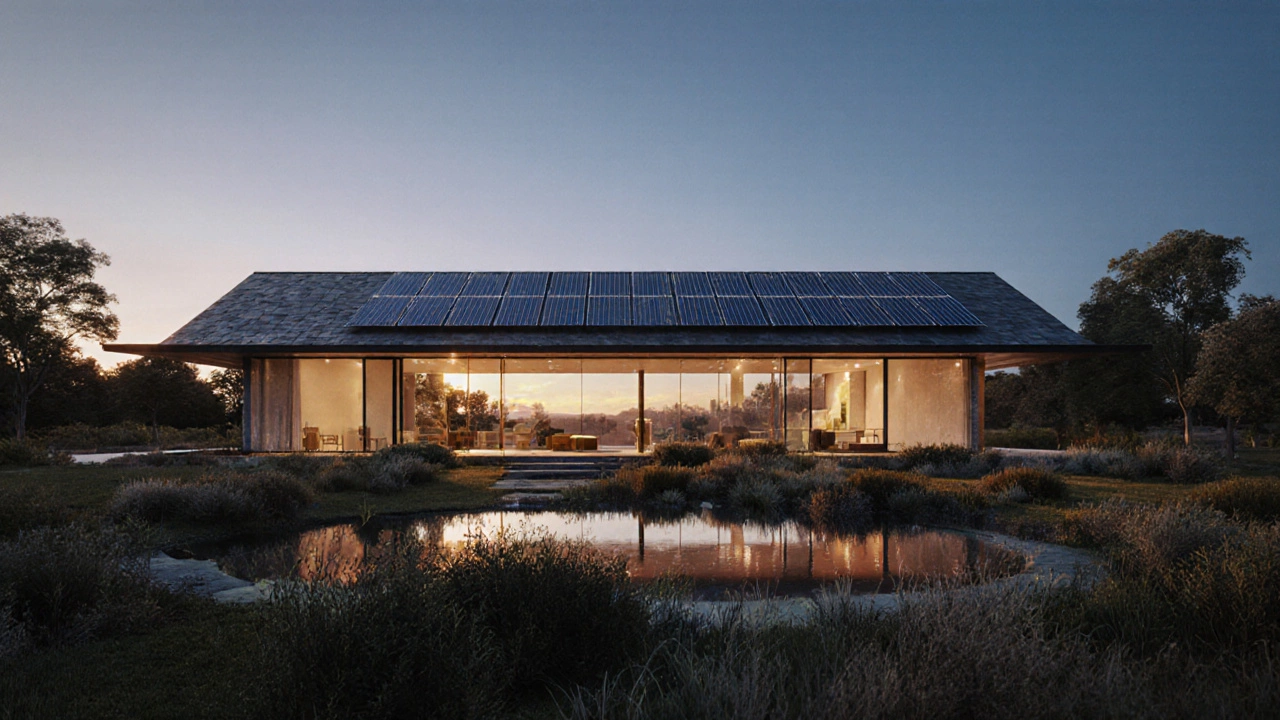Discover what defines the most eco‑friendly home, its key components, and a step‑by‑step checklist to turn any house into a low‑carbon, energy‑efficient haven.
Energy Efficient Home – Simple Steps to Save Power and Money
When planning an energy efficient home, a dwelling designed to cut energy use through better insulation, efficient appliances and clean power sources. Also known as green home, it helps you lower bills and shrink your carbon footprint. A key pillar is renewable energy, power generated from naturally replenishing sources such as sunlight, wind or geothermal heat. Pair that with high‑performance home insulation, materials and techniques that keep indoor temperature steady, reducing heating and cooling demand, and you have a solid foundation for an energy‑saving residence. These three concepts—efficient design, clean power, and proper sealing—form the backbone of any truly sustainable house.
Key Elements of an Energy Efficient Home
Beyond the basics, modern tech makes it easier to fine‑tune consumption. A smart thermostat, a programmable device that learns your schedule and adjusts heating or cooling for optimal comfort can slash heating bills by up to 20 % when set correctly. It works hand‑in‑hand with solar panels, photovoltaic modules that turn sunlight into electricity for lighting, appliances and even battery storage. The combination creates a feedback loop: solar energy powers the home, the thermostat minimizes waste, and any excess power can be fed back to the grid, earning credits. Adding sustainable building materials—like reclaimed wood, low‑VOC paints, or hempcrete—further reduces embodied energy, meaning the house starts out greener before you even turn on a switch. When you compare the upfront cost of these upgrades with long‑term savings, the math often tips in favor of green investments, especially as energy prices keep climbing.
Energy‑efficient design isn’t just about gadgets; it also covers habits and planning. Sealing drafts, choosing ENERGY STAR appliances, and installing LED lighting are low‑cost actions that add up quickly. Many homeowners report noticeable improvements in comfort after upgrading windows to double‑glazed units; the reduced heat loss means the thermostat doesn’t have to work overtime. Monitoring tools, like home energy dashboards, give you real‑time insight into which devices sip power the most, helping you prioritize upgrades. By viewing your house as a system where insulation, renewable generation, smart control, and sustainable materials interact, you can make smarter choices that pay off both financially and environmentally. Below you’ll find a curated set of articles that dive deeper into each of these topics, offering step‑by‑step guidance, real‑world examples, and tips you can start using today.
